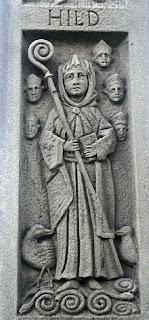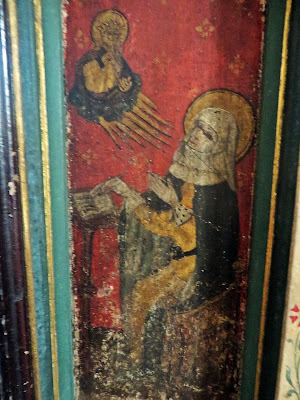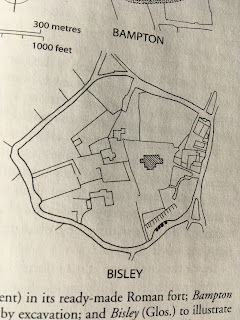St. John of the Cross - on Pilgrimage

......... he that makes a pilgrimage does well if he makes it at a time when no others are doing so, even though the time be unusual. I should never advise him to make a pilgrimage when a great multitude is doing so; for, as a rule, on these occasions, people return in a state of greater distraction than when they went. And many set out on these pilgrimages and make them for recreation rather than for devotion. Where there is devotion and faith, then, any image will suffice; but, if there is none, none will suffice. Our Saviour was a very living image in the world; and yet those that had no faith, even though they went about with Him and saw His wondrous works, derived no benefit from them. Ascent of Mount Carmel. Book 3. Chapter 36













